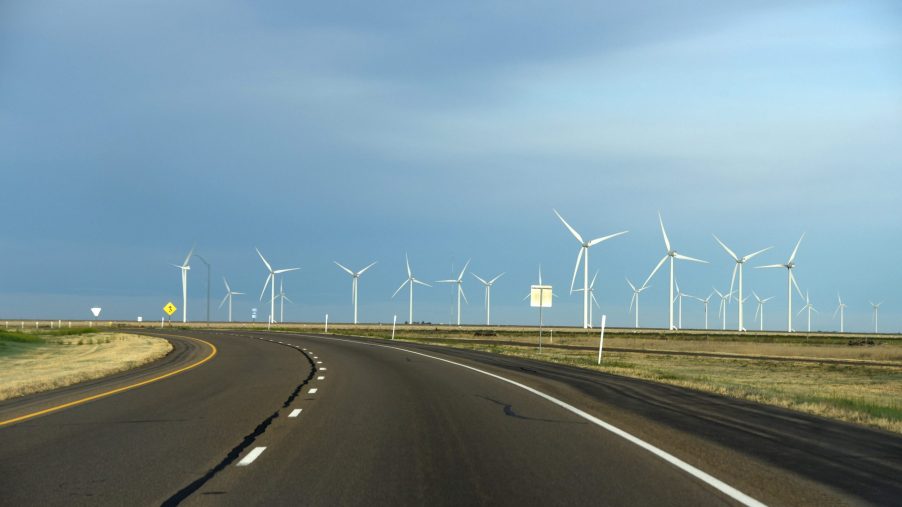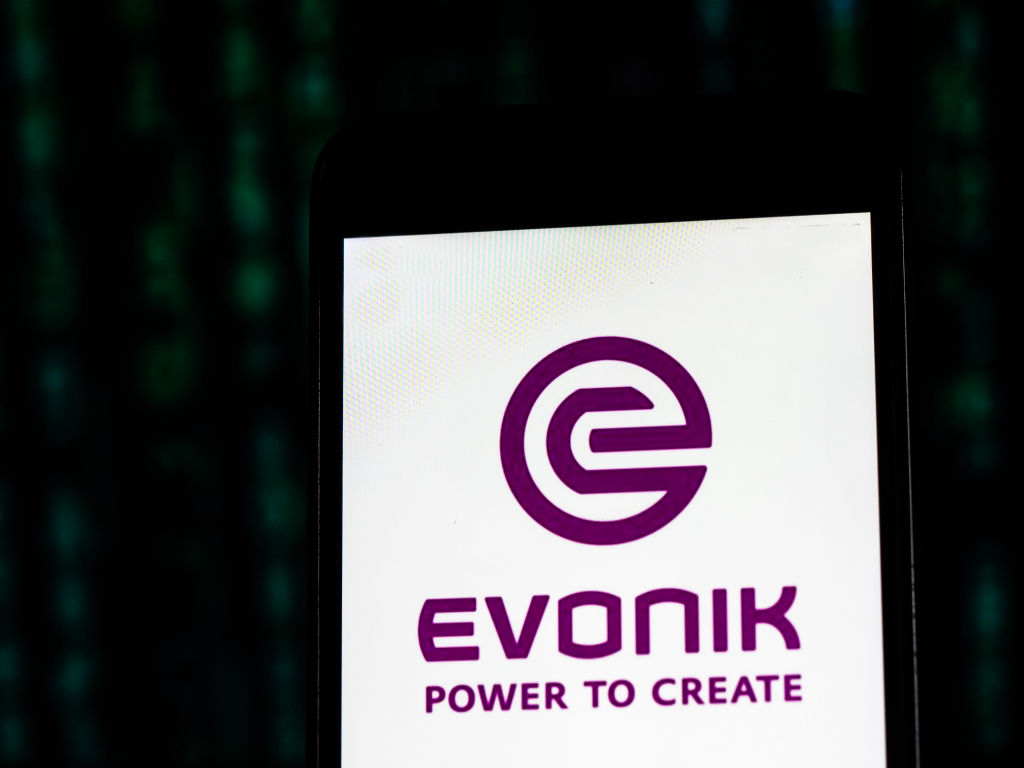
Driving on Air: The Wind Explorer That Crossed Australia
Cutting-edge technology makes the turbine-powered Wind Explorer electric vehicle possible. In 2009 the Wind Explorer’s designers set out to drive the EV across a continent. They proved what could be accomplished with their pioneering spirit. As more manufacturers move to electric vehicles, wind power could become a viable fuel source.
Crossing a continent for less than the price of lunch
Gion and Simmerer’s dream was to demonstrate what a wind-powered vehicle is capable of. The pair left Albany determined to span the entire country of Australia. They arrived in Sydney just 17 days later, having completed more than 3,000 miles in the craft.
The included turbine is intended to be the EV’s primary source of power. When that isn’t practical, it can also be charged on the traditional power grid. Gion and Simmerer employed this option on their voyage, accruing a total energy cost of less than $20.
Meet the Wind Explorer

Extreme sportsmen Stefan Simmerer and Dirk Gion designed The Wind Explorer. This lightweight, fully electric vehicle can be charged from its own onboard turbine. The traditional power grid can also charge the EV.
Futuristic materials define this incredible car. The body is primarily constructed of a material called Rohacell produced by German chemical company Evonik. Rohacell is a lightweight aeronautics sandwich material. It’s surrounded by carbon fiber for added stability. This material weighs almost nothing when compared to materials with similar strength.
The Wind Explorer weighs just over 240 pounds. It was built with extreme efficiency in mind. Two lithium-ion batteries are mounted below the passenger seats. The car’s motors are built into its rear bicycle tires. The wind turbine and tube kite are both stored in a compartment between the rear wheels. The Wind Explorer’s body is so minimalist that both Gion and Simmerer felt the heat from the pavement below on their skin.
The exceptional gear that keeps this engineering marvel in motion
The Wind Explorer comes equipped with some revolutionary accessories. Firstly, the car comes with its own portable turbine. It takes roughly 30 minutes to assemble the 20-foot telescopic bamboo mast that holds the turbine in the air. It’s stabilized with tethers for added support.
Secondly, a parasail-like tube kite helps extend the vehicle’s range and reduce the amount of drain put on its battery system. Gion and Simmerer took turns piloting the electric vehicle and operating the tube kite. This process does not deliver the smoothest ride but it radically extends the range of the Wind Explorer.
The Wind Explorer’s message about the potential of renewable energy
The team behind this epic cross-country journey has an impressive resume. The Wind Explorer may be one of their most impactful accomplishments to date. Gion and Simmerer wanted to show the world that wind-powered cars are ready for the road by emphasizing energy efficiency.
Lightweight wind-powered commuter cars make sense in urban centers. Gion and Simmerer have proven that the Wind Explorer is tough enough for the open country as well. Therefore, Designs like this could certainly become mainstream as renewable energy sources continue to replace fossil fuels.


